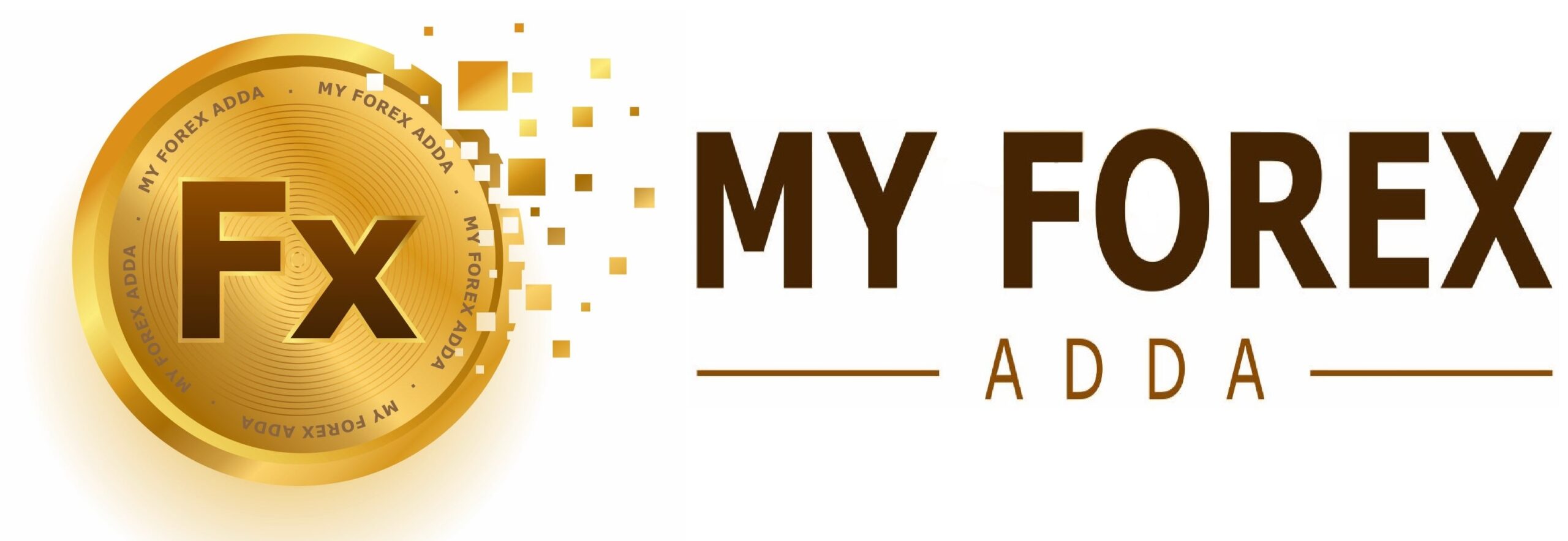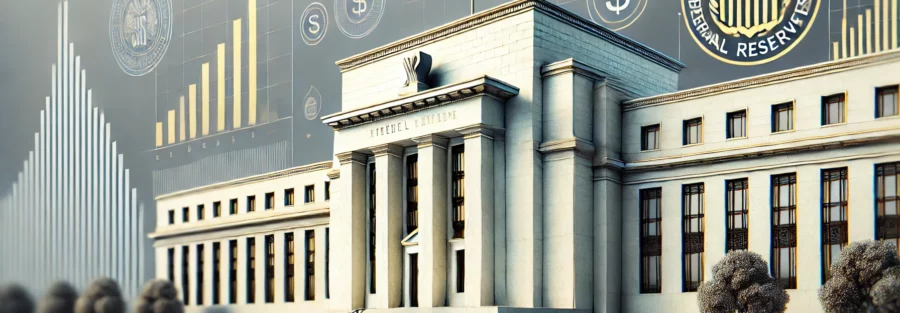On Thursday, the Federal Reserve lowered interest rates by a quarter percentage point, with policymakers now preparing for potential economic shifts as President-elect Donald Trump assumes office next year.
Fed Chair Jerome Powell noted that Tuesday’s presidential election, which brought in a president-elect committed to widespread immigration deportation, broad tariffs, and tax cuts, would not impact U.S. monetary policy in the “near term.”
Powell emphasized that the Fed will keep evaluating economic data to set the “pace and destination” of interest rates, especially as officials adjust the currently tight monetary policy in light of inflation nearing the central bank’s 2% target after slowing significantly over the past year.
However, as the new administration’s policies become clearer, the Fed will begin estimating how these changes could affect its goals of maintaining stable inflation and maximizing employment.
“It’s a process that takes time,” said Powell during a press conference after the Fed’s decision to lower its benchmark overnight interest rate to the 4.50%-4.75% range. “There are multiple policy changes happening. What’s the net impact? The overall effect on the economy at any given moment? That’s a process we undergo continually with every administration.”
For instance, the early years of President Joe Biden’s administration saw the passage of major infrastructure and spending bills that boosted growth but, according to many economists, also played a role in triggering the inflation that the Fed later needed to curb with aggressive rate hikes in 2022 and 2023.
Inflation has since eased, and Fed policy rates are also declining—a shift Powell noted is expected, over time, to bring interest rates closer to a neutral level that neither boosts nor slows the economy.
However, the exact target remains uncertain, and could become more elusive if fiscal and tax policies shift as rapidly as Trump has promised, especially with the political support from a Republican-controlled Senate and potentially the House of Representatives.
Powell, originally appointed by Trump and later at odds with him during his first term, will now steer monetary policy through the crucial initial months of the new administration.
Over the summer, Trump suggested—and a CNN report on Thursday reiterated—that he would allow Powell to complete his current four-year term, ending in May 2026. Powell firmly stated on Thursday that he would not step down if asked, noting that the president lacks the legal authority to remove a Senate-confirmed Fed chair over a policy disagreement.
“Not permitted under the law,” Powell affirmed.
POSITIVE OUTLOOK
For now, both inflation and interest rates are trending lower, consistent with the Fed’s forecast that anticipates continued easing of price pressures alongside steady economic growth and a job market that has “generally softened” yet remains strong.
“The straightforward cuts are done, and December may not be too contentious either,” said Elyse Ausenbaugh, head of investment strategy at J.P. Morgan Wealth Management, referencing the likelihood of another quarter-point rate cut at the Fed’s final meeting of the year on Dec. 17-18. “Beyond that, I imagine the Fed is grappling with the same questions as investors—how much and how soon will the incoming Trump administration enact its campaign policy proposals?”
Powell stated that the current economic outlook remains strong, and the Fed aims to maintain that stability.
“This further adjustment to our policy stance will support the economy and labor market, allowing continued progress on inflation as we gradually approach a more neutral position,” Powell said.
“We believe the economy and our policies are both in a very favorable position—a very good place.”
Following the Fed’s unanimous decision, Treasury yields pared losses, and the yield curve flattened. Futures markets continued to anticipate another quarter-point rate cut next month.
The Fed’s policy statement noted that risks to employment and inflation were “roughly balanced,” echoing language from the September meeting statement.
The updated statement also subtly adjusted its view on inflation, now indicating that price pressures had “made progress” toward the Fed’s target, a slight shift from the previous phrasing of “further progress.”
The core personal consumption expenditures price index, a key inflation measure excluding food and energy, has remained relatively steady over the past three months, running at about a 2.6% annual rate as of September.
Powell clarified that the change in wording was not intended to suggest that inflation has been persistent. He emphasized that the Fed has always anticipated some variability in progress and that policymakers are increasingly confident inflation is on a steady course toward the 2% target.





